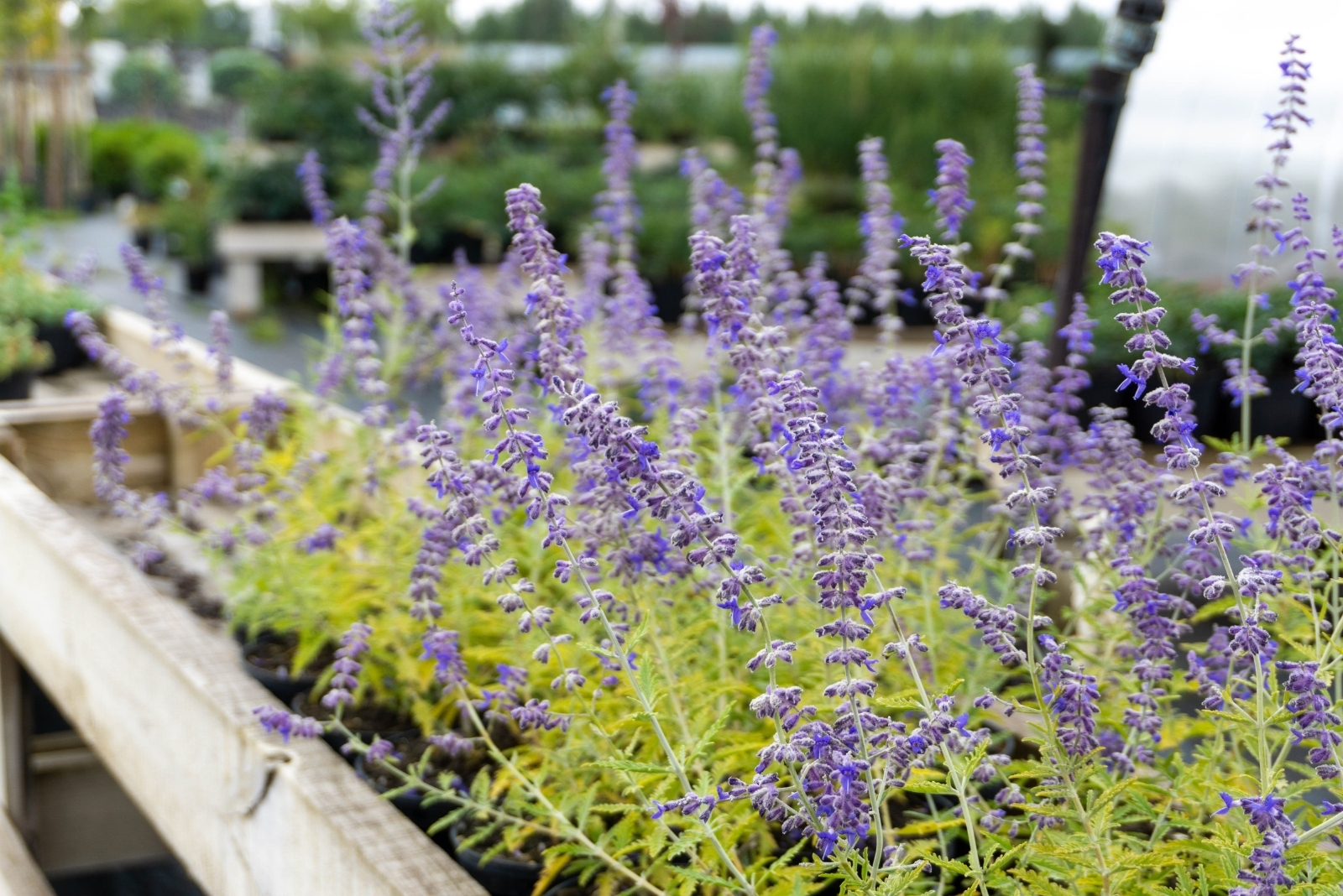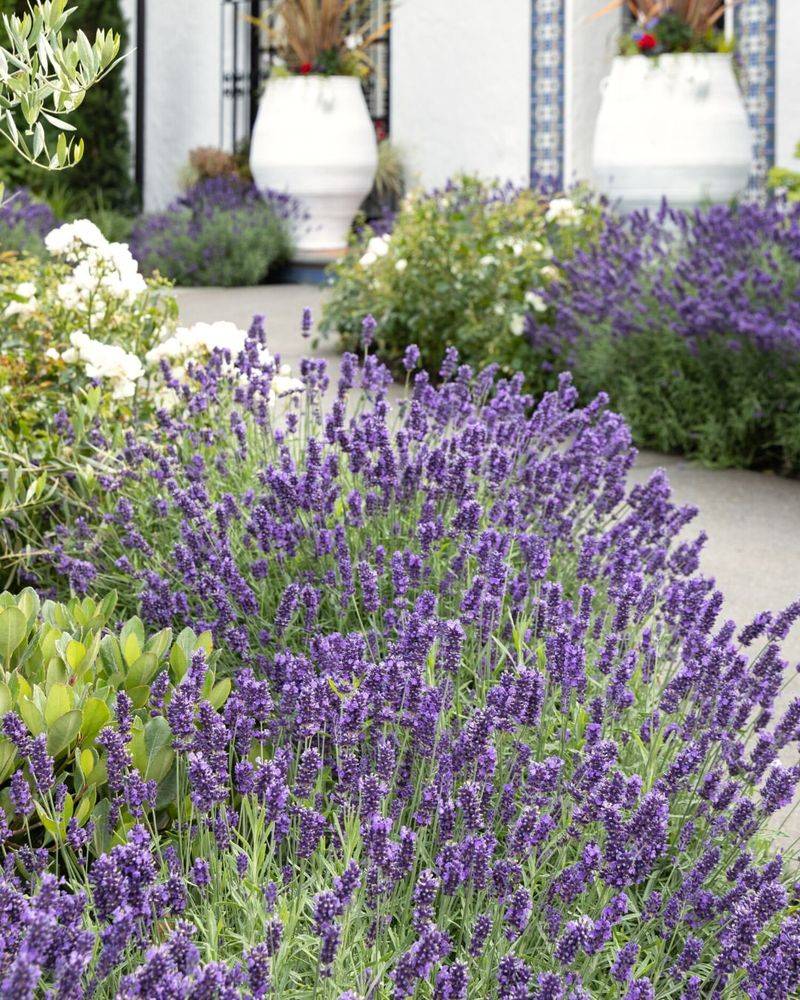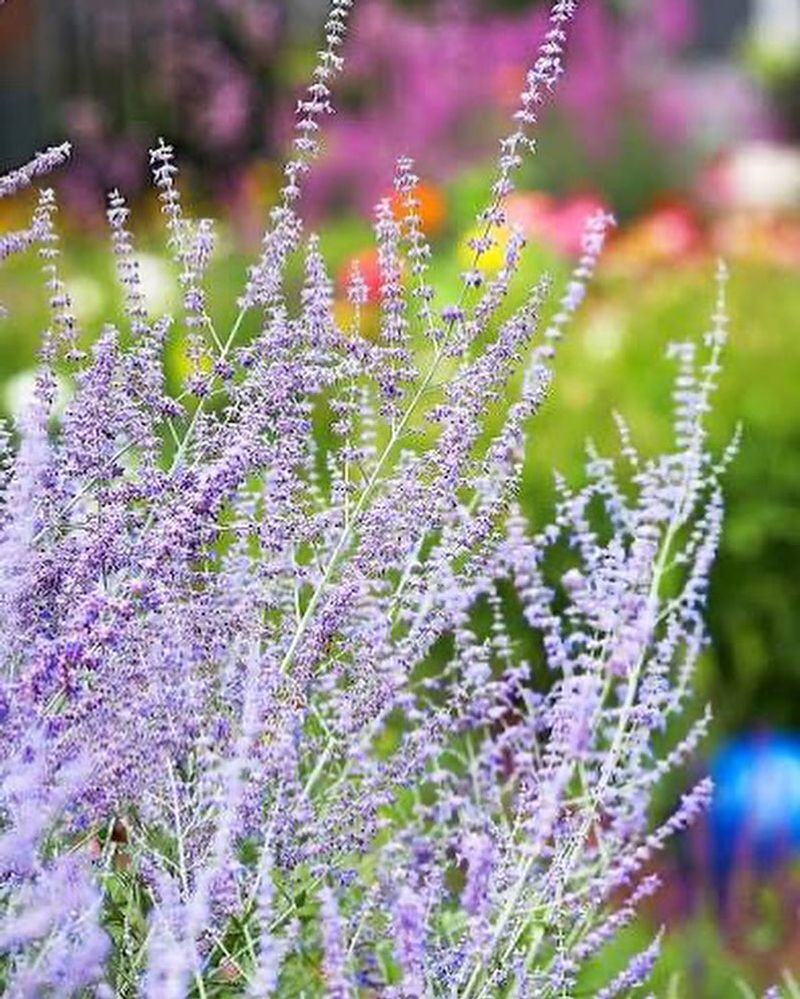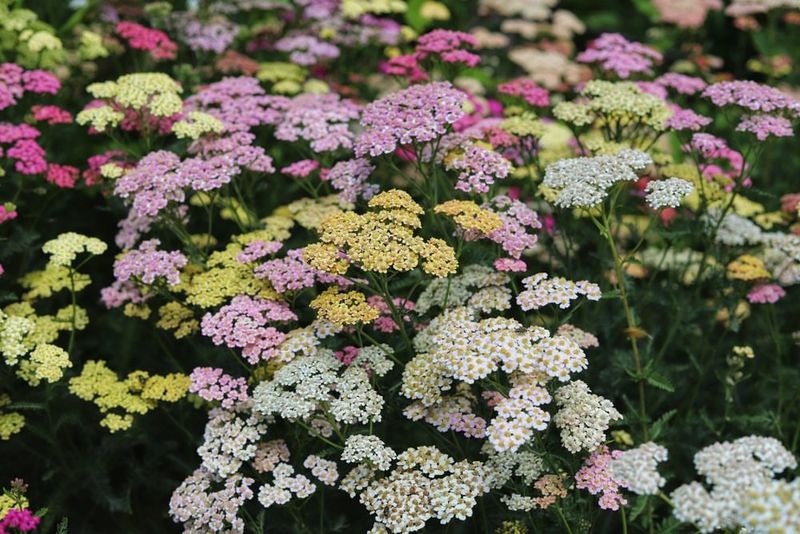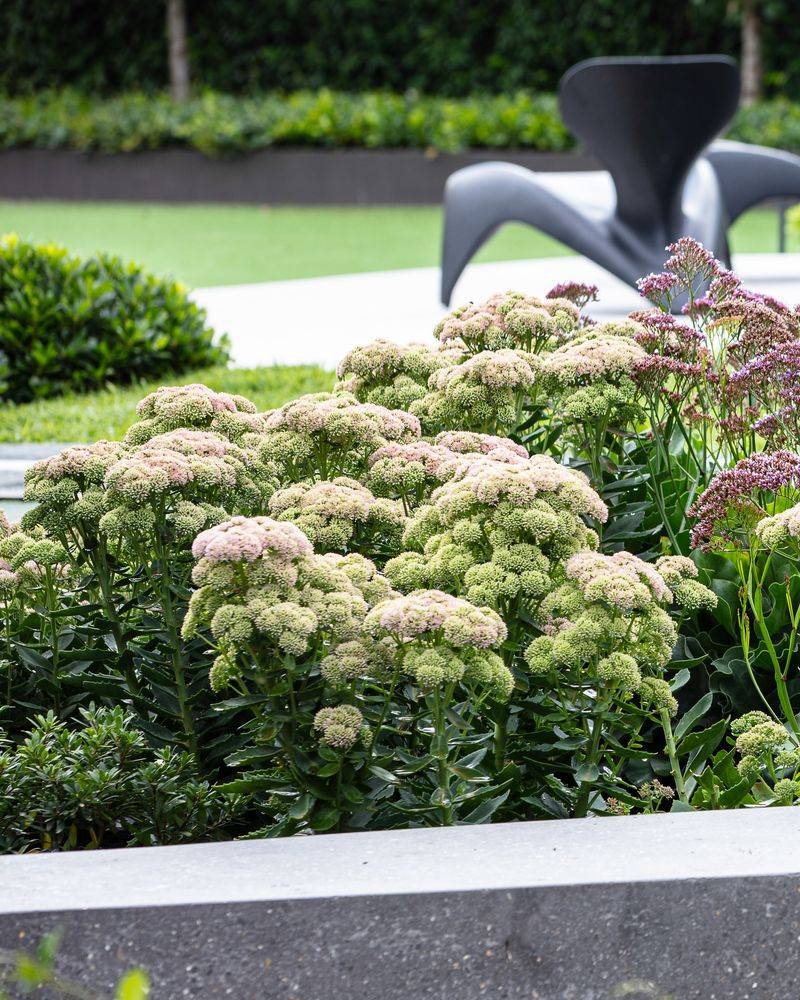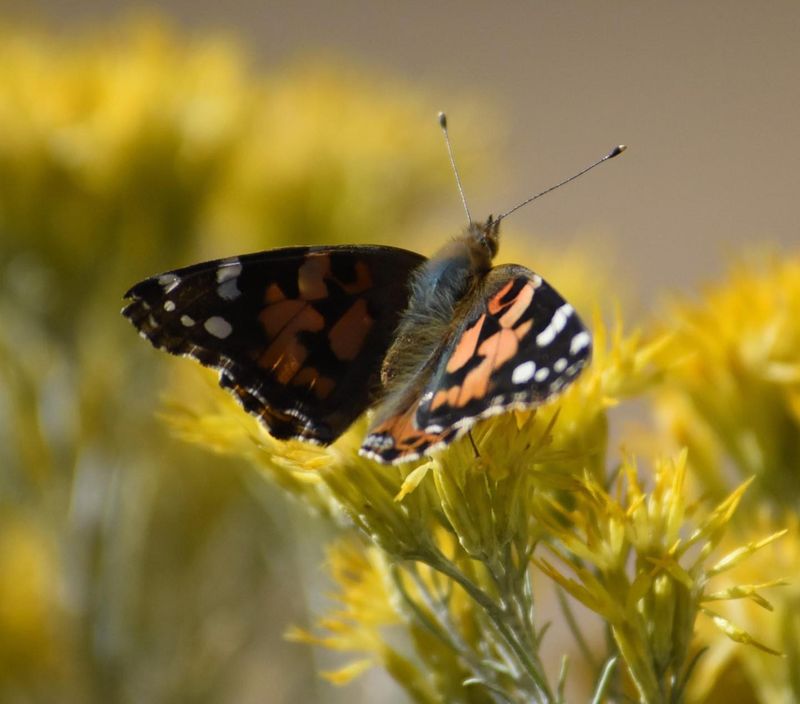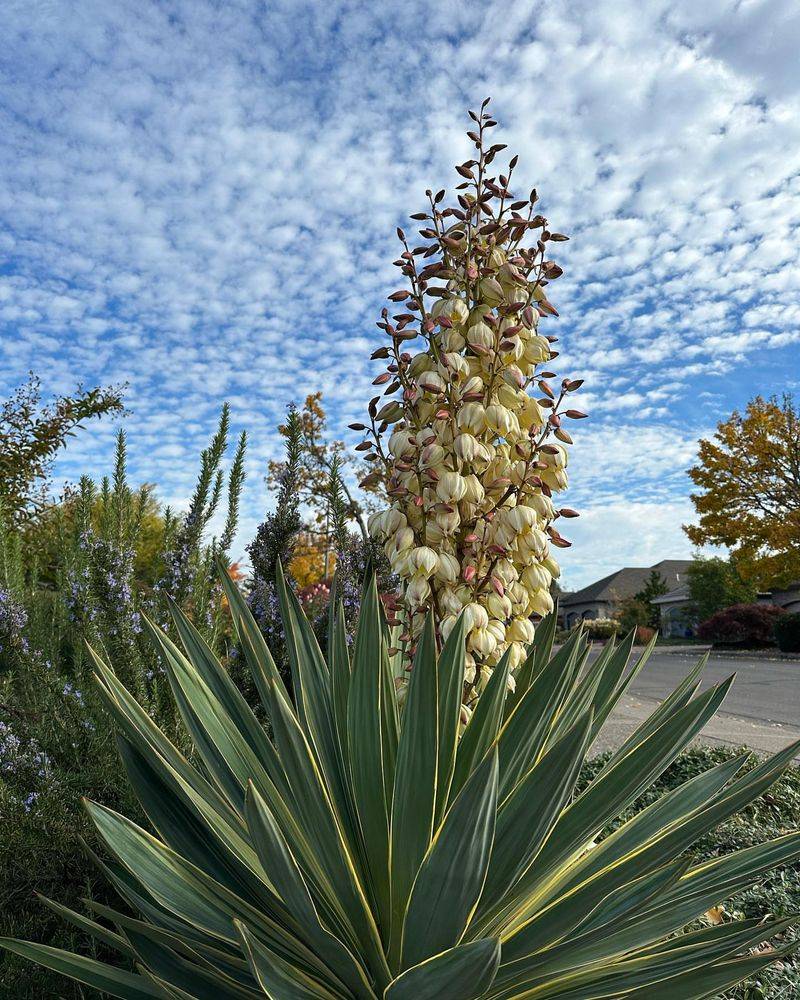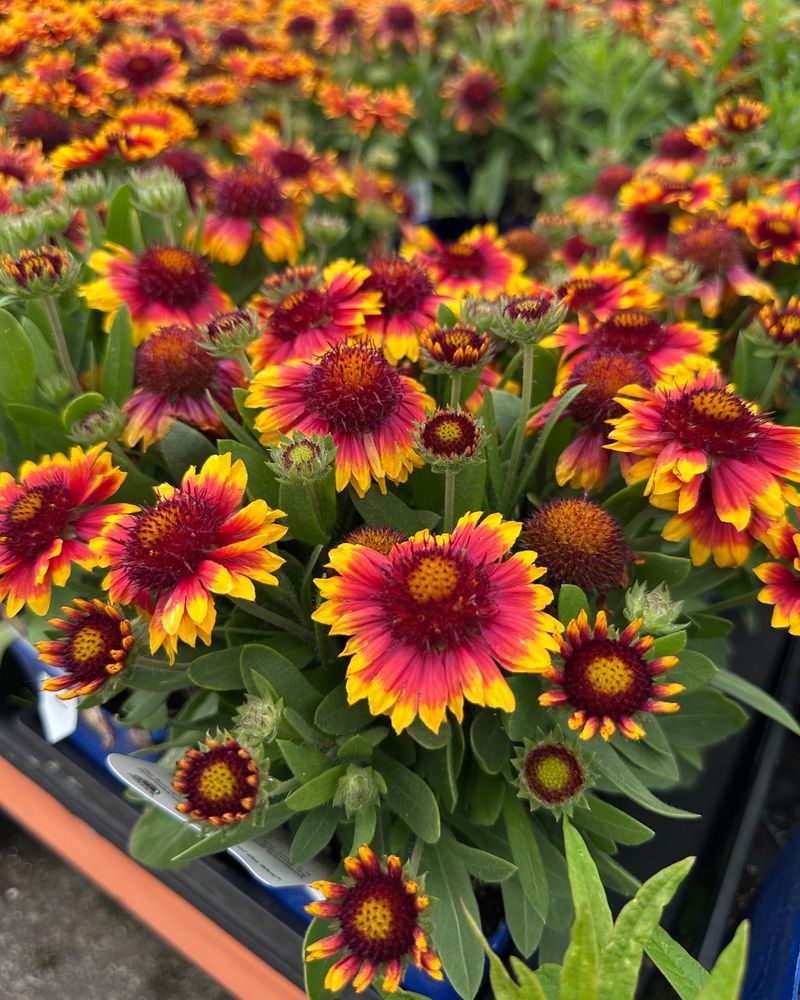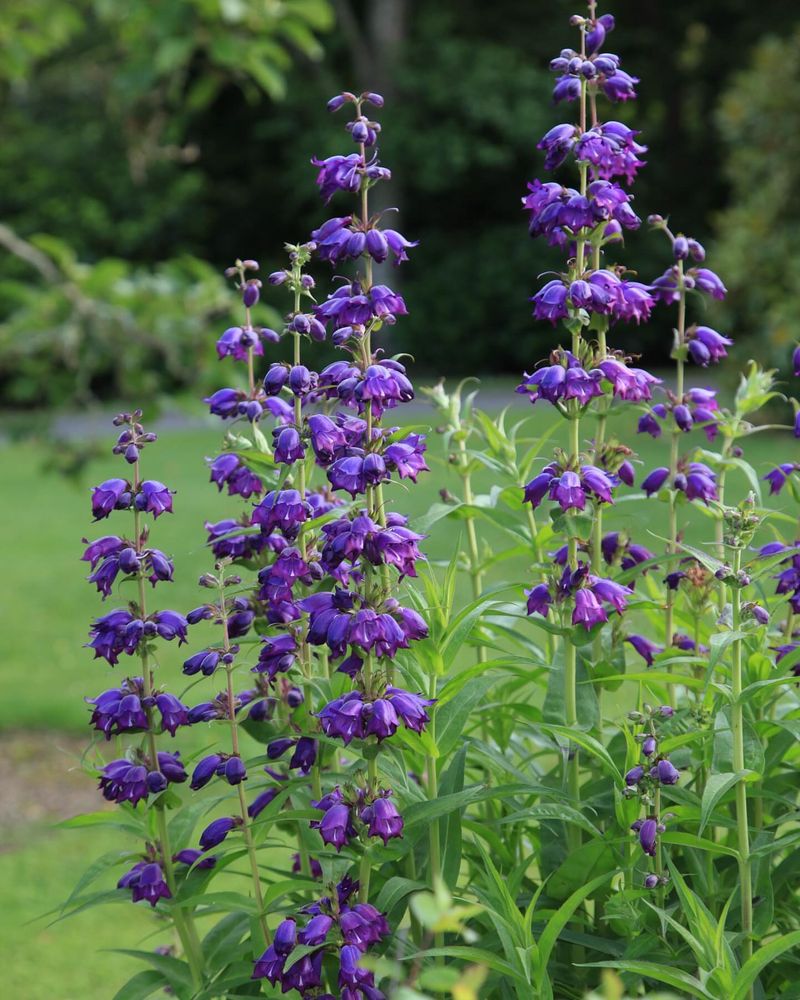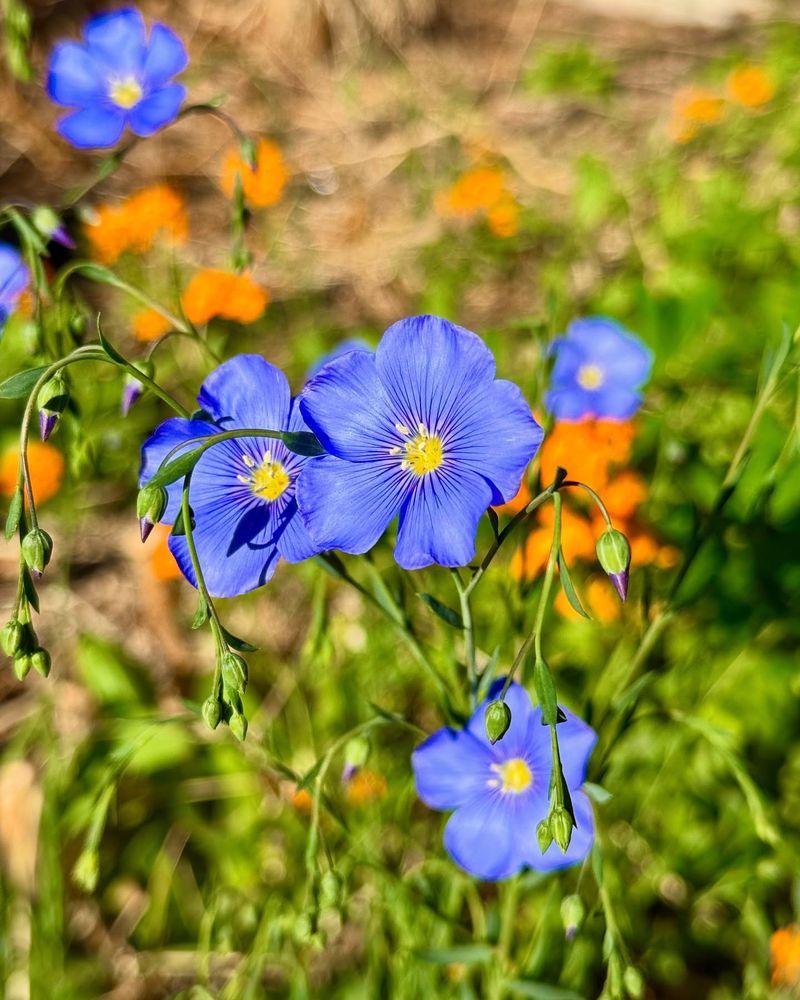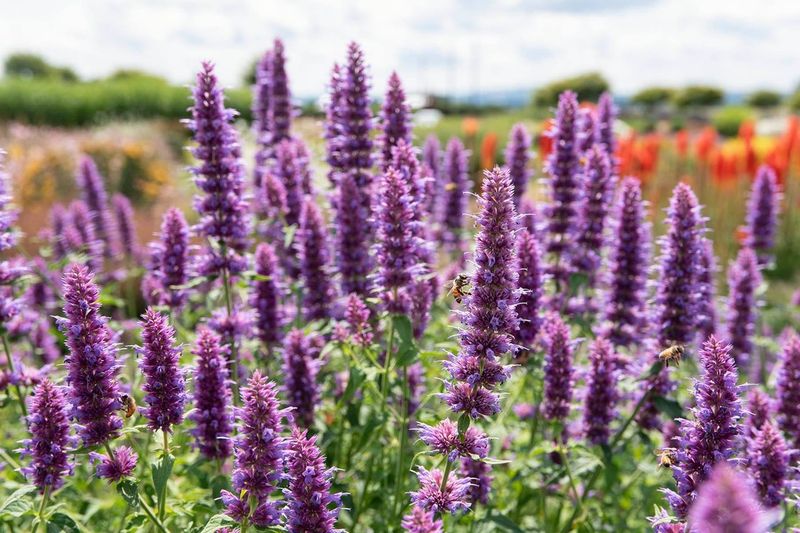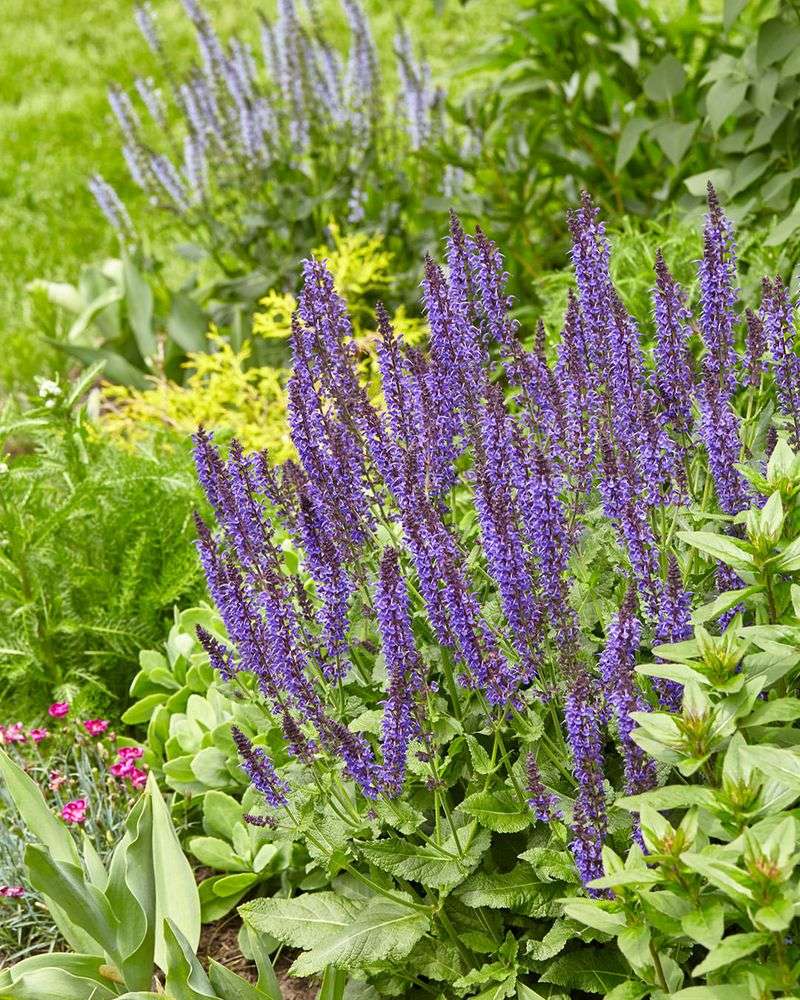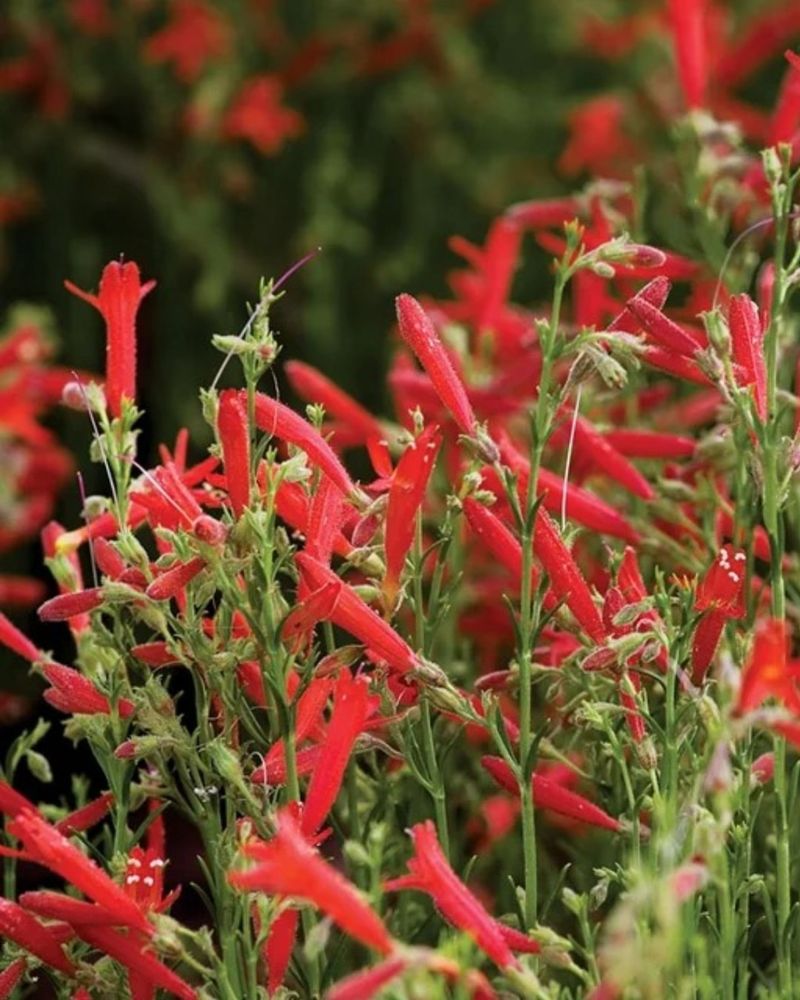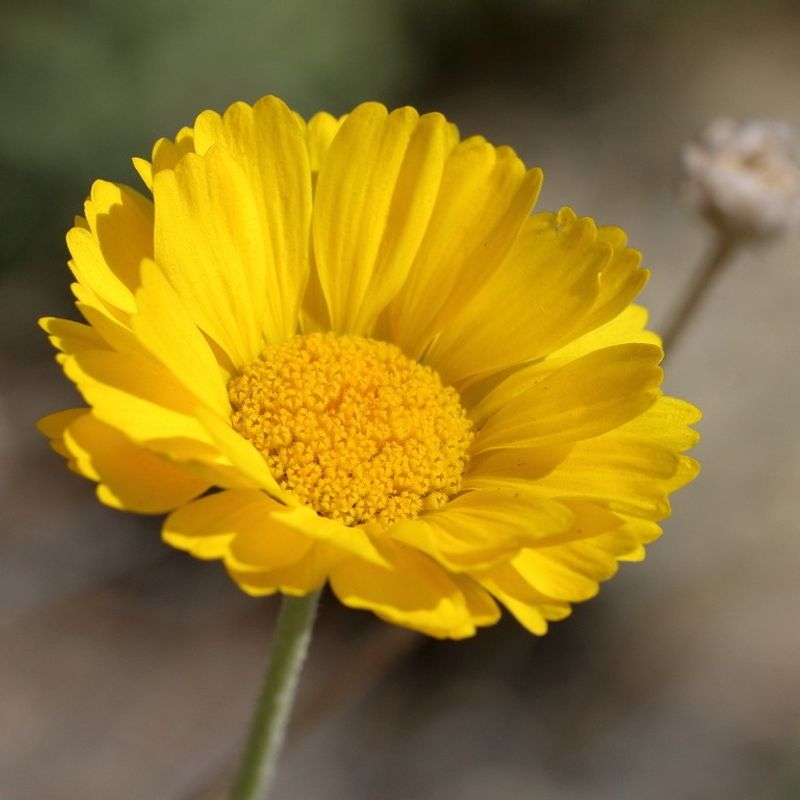Gardening in Utah doesn’t have to mean endless watering—some plants thrive on very little. I love planting these low-water favorites and watching them flourish even under the hot sun.
They bring color, texture, and life to the garden without demanding constant attention. It’s amazing how resilient and beautiful a garden can be with the right choices.
With these top low-water plants, your Utah garden stays vibrant and effortless all season long.
1. Lavender
Nothing beats the calming scent of lavender on a warm Utah afternoon. These purple beauties need minimal watering once established and attract beneficial pollinators to your garden.
Many Utah gardeners plant lavender along walkways where brushing against them releases their soothing fragrance. They prefer full sun and well-draining soil.
2. Russian Sage
With its silvery foliage and purple-blue flowers, Russian sage creates a stunning visual impact. Hardy enough to withstand Utah’s temperature swings, it blooms from midsummer through fall with almost no supplemental water.
Many Utah landscapes feature this perennial as a backdrop plant. The aromatic leaves deter deer and rabbits while attracting butterflies.
3. Yarrow
Flat-topped flower clusters make yarrow a cheerful addition to any Utah yard. Available in yellow, pink, red, and white, this tough perennial thrives in poor soil and blazing sun.
Throughout Utah, yarrow has become a xeriscape favorite. Its feathery foliage adds texture, while the long-lasting blooms work beautifully in dried arrangements.
4. Sedum
Fleshy leaves store water, making sedum perfect for Utah’s driest spots. These succulents come in countless varieties, from low-growing groundcovers to upright forms with showy flower heads.
Across Utah gardens, sedums provide year-round interest. Their late-summer blooms attract butterflies, and many varieties develop rich autumn colors as temperatures drop.
5. Rabbitbrush
Golden blooms brighten Utah’s fall landscape when rabbitbrush puts on its show. This native shrub survives on natural rainfall alone once established, making it truly low-maintenance.
Many Utah gardeners appreciate how rabbitbrush supports local ecosystems. The fluffy yellow flowers become covered with native butterflies and bees during September and October.
6. Yucca
Dramatic sword-like leaves make yucca an architectural standout in the landscape. During summer, tall stalks of white bell-shaped flowers rise above the foliage, creating a desert oasis feel.
Throughout Utah’s valleys, yuccas thrive with minimal care. Their ability to withstand both drought and winter cold makes them reliable performers year after year.
7. Blanket Flower
Cheerful daisy-like blooms in red, orange and yellow brighten Utah gardens all summer long. Blanket flower’s drought tolerance comes from its deep taproot, which helps it find moisture even in dry conditions.
Many Utah gardeners love how blanket flowers self-seed gently. Their bright colors attract butterflies and hummingbirds while requiring almost no supplemental water once established.
8. Catmint
Soft gray-green foliage topped with lavender-blue flower spikes creates months of color. Catmint begins blooming in late spring and continues well into fall if lightly trimmed after the first flush.
Across Utah gardens, catmint proves itself as a reliable performer. Its aromatic leaves deter pests while the flowers attract beneficial pollinators to your yard.
9. Penstemons
Tubular flowers in shades from scarlet to purple make penstemons hummingbird magnets. These Utah natives have evolved to thrive in our harsh conditions and need almost no care once established.
Throughout Utah’s mountains and gardens, different penstemon varieties add brilliant color. Their upright flower stalks create vertical interest among mounding companion plants.
10. Blue Flax
Delicate sky-blue flowers dance on slender stems above feathery foliage. Blue flax blooms prolifically in early summer, creating a cloud of color that looks completely natural in the landscape.
Many Utah gardeners appreciate how blue flax reseeds gently. This native plant evolved in our harsh climate and needs no special care to return year after year.
11. Agastache
Spikes of tubular flowers in sunset hues attract hummingbirds all summer long. Also called hyssop or hummingbird mint, agastache combines drought tolerance with delightful fragrance when brushed against.
Throughout Utah gardens, different agastache varieties thrive in the hot, dry conditions. Their aromatic foliage deters pests while their long bloom time provides lasting color.
12. Sagebrush
Silvery foliage brings a soft texture to Utah landscapes while requiring virtually no supplemental water. This iconic western native creates the perfect backdrop for more colorful perennials.
Across Utah’s valleys and mountains, sagebrush defines our natural landscape. Its aromatic leaves scent the air after rain, creating that distinctive desert fragrance we associate with home.
13. Salvia
Spikes of purple, blue or red flowers attract pollinators from early summer through fall. Salvias come in many varieties, from compact mounds to tall statement plants, all sharing excellent drought tolerance.
Many Utah gardeners rely on salvias for reliable color. Their aromatic foliage deters deer and rabbits while their long bloom period provides lasting garden interest.
14. Pineleaf Penstemon
Coral-orange tubular flowers rise above needle-like foliage on this Utah native. Hummingbirds can’t resist the bright blooms, which appear in early summer and continue for weeks.
Throughout Utah’s mountain landscapes, pineleaf penstemon adds brilliant color. Its compact habit works well in rock gardens or front borders where its distinctive blooms can be appreciated up close.
15. Desert Marigold
Bright yellow daisy-like flowers stand out against silvery foliage all summer long. Desert marigold blooms prolifically even in poor soil and intense heat, making it perfect for challenging spots.
Many Utah gardeners add this cheerful native to hot, dry areas. Its drought tolerance is legendary, often blooming without any supplemental water in established gardens.

